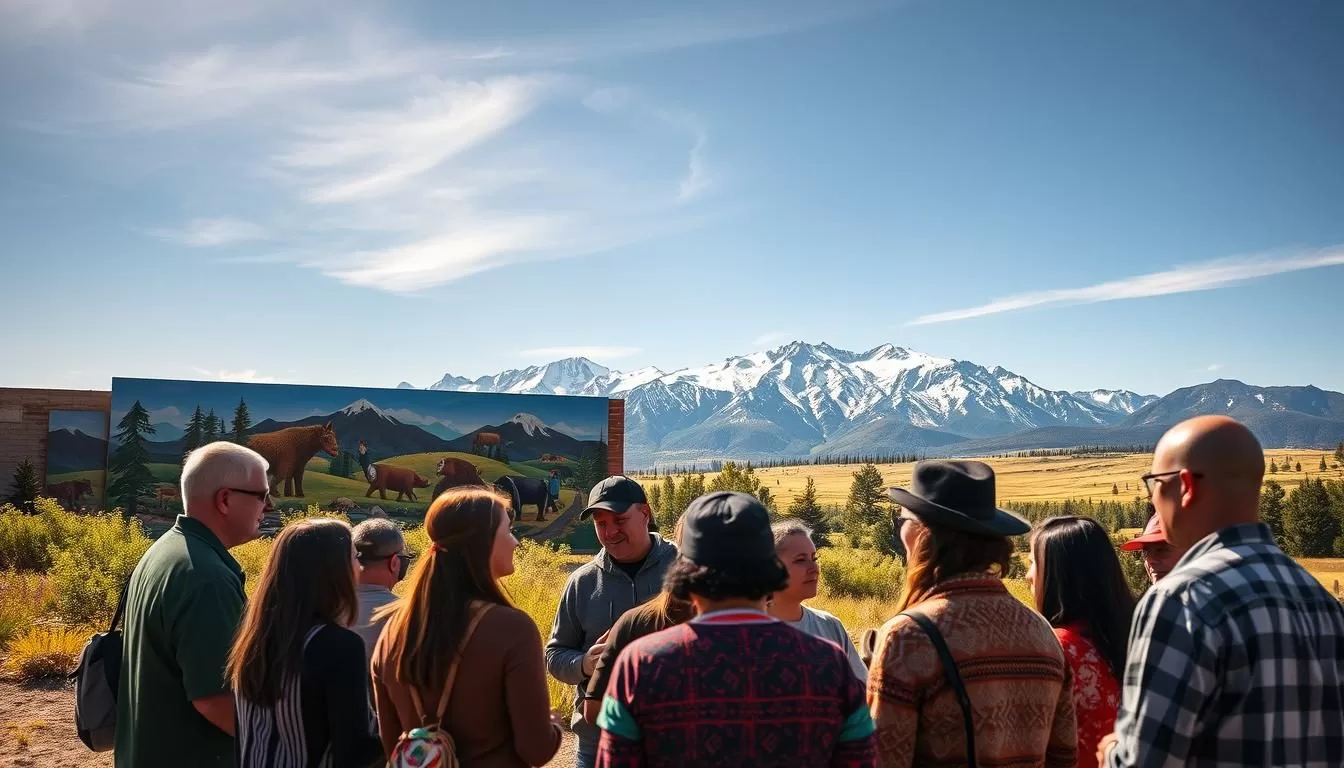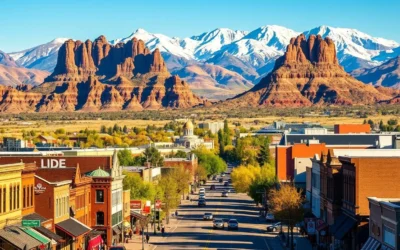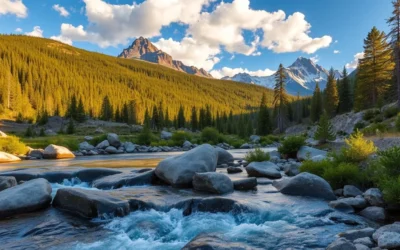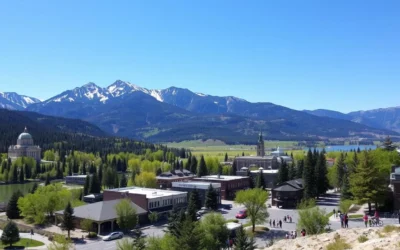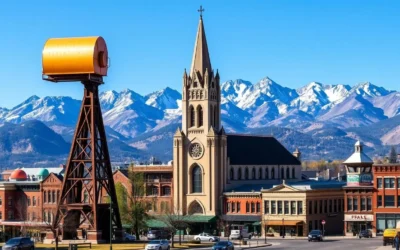✓ Accommodations ✓ Flights ✓ Rental Cars
You might be curious about the languages spoken in Montana, a state with a rich cultural heritage. With a population of over 1.12 million residents, the vast majority of people in Montana speak English as their primary language.
However, a closer look at the language demographics reveals a more diverse linguistic landscape. According to the census bureau, around 4.0% of Montanans aged four and up speak a non-English language at home, which translates to approximately 44,915 people.
As you explore the languages spoken in Montana, you’ll uncover the unique history, geography, and demographic composition of this western state. You’ll gain insights into the language spoken in households throughout the state and understand how language use in Montana reflects broader national patterns while maintaining distinctive regional characteristics.
Language Landscape of Montana
As you explore Montana’s language landscape, you’ll discover a complex interplay of languages and dialects. While many Montanans speak English, a significant percentage of the population relies on another language. When you need to communicate with a diverse population, partnering with a language services provider is essential for ensuring accuracy.
English as the Predominant Language
English is the predominant language in Montana, used by the majority of the population for daily communication. Data from census reports indicates that a large majority of Montana’s residents report speaking English as their primary language. This prevalence influences various aspects of life in the state, from government services to educational policies.
Language Diversity in the Treasure State
Despite English being the predominant language, Montana is linguistically diverse. The state’s population includes people who speak a variety of languages at home, reflecting the household diversity across different age groups. Language data shows that some residents speak Native American languages, while others speak languages brought by immigrants from various parts of the world.
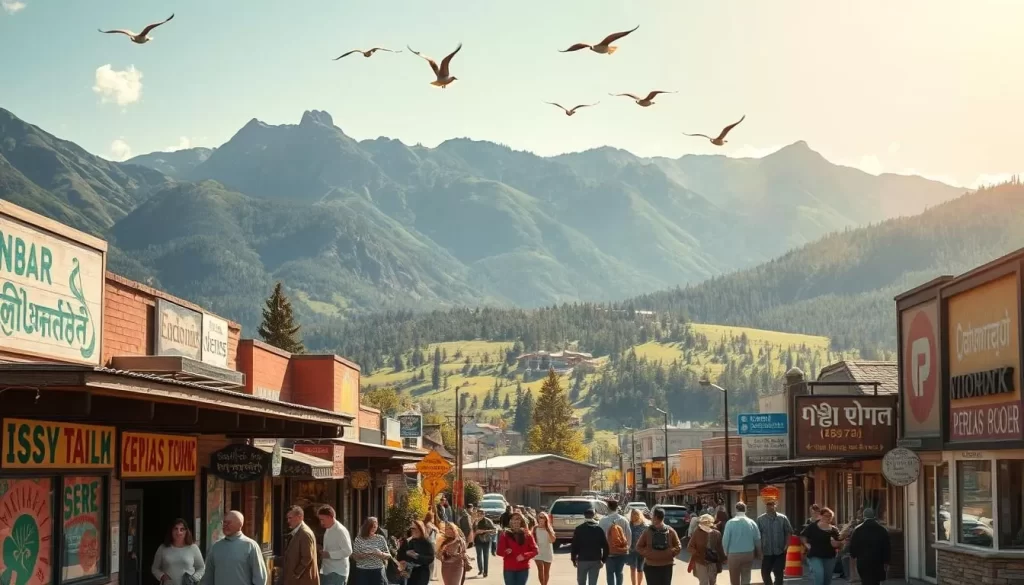
- Montana’s language diversity is managed through a pragmatic approach to language policy, balancing the de facto status of English with respect for other languages.
- The state’s policies on language use have evolved, reflecting changing demographics and cultural attitudes.
- For parents raising bilingual children and workers in various sectors, understanding Montana’s language status is crucial.
Official Language Status in Montana
Montana has considered but not enacted official English language legislation, maintaining a pragmatic approach to language policy. The status of English as the de facto official language influences everything from government services to educational policies. This approach ensures that the state’s language policies are responsive to the needs of its diverse population.
Montana, United States: Official and widely spoken languages
As you explore Montana’s linguistic diversity, you’ll discover a complex tapestry of languages and dialects. With a total population of just over 1.12 million residents, the state’s language landscape is shaped by its demographic characteristics and historical settlement patterns.
Currently, the vast majority of Montanans speak English as their primary language. However, around 4.0 percent of the population aged four and up, which translates to about 44,915 people, speak a non-English language at home. This demographic detail is crucial for understanding the linguistic nuances across different communities in Montana.
Top 10 Non-English Languages in Montana
The linguistic diversity in Montana is further revealed by examining the top non-English languages spoken in the state. While the exact ranking may vary, Indo-European languages are among the prominent ones, reflecting the state’s historical immigration patterns from Europe.
The census data provides valuable insights into the language distribution. It shows that certain languages are more prevalent in specific areas, often correlating with the household income and educational attainment of the residents.
| Language | Number of Speakers | Percentage of Total Population |
|---|---|---|
| Spanish | 15,000 | 1.34% |
| Native American Languages | 10,000 | 0.89% |
| Other Indo-European Languages | 8,000 | 0.71% |
| Asian Languages | 5,000 | 0.45% |
| Other Languages | 6,915 | 0.62% |
Language Distribution Across the State
Language distribution in Montana is not uniform; it varies significantly across urban and rural areas. Cities like Billings, Missoula, and Bozeman exhibit greater linguistic diversity compared to rural communities. The seven Native American reservations in Montana also play a crucial role in preserving indigenous languages, creating distinct linguistic zones.
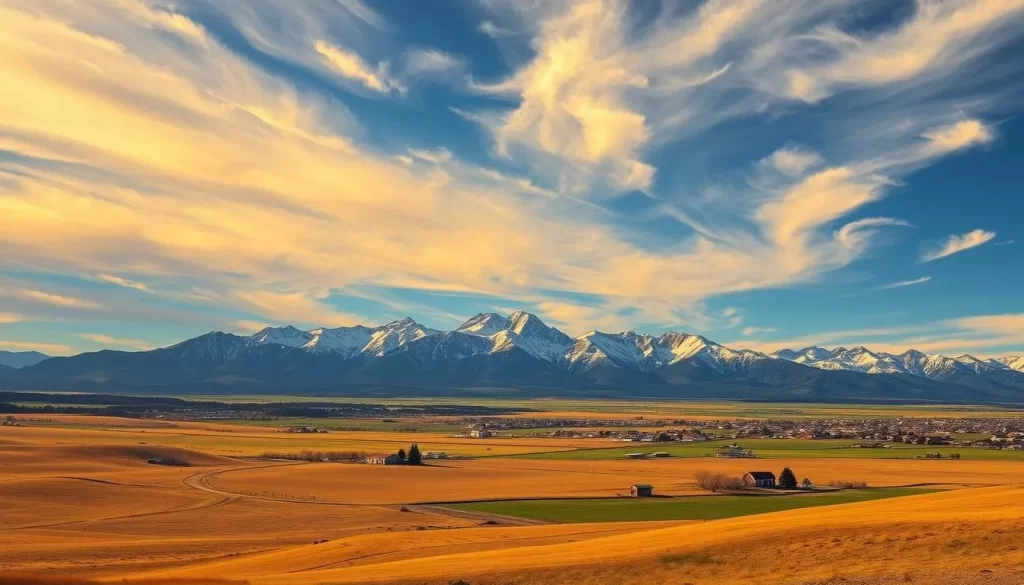
The census data reveals that Montana’s language distribution has undergone gradual change over the decades. Some languages have declined, while others have gained new speakers through immigration and cultural revival efforts. Understanding these dynamics is essential for appreciating the state’s linguistic landscape.
Native American Languages in Montana
As you explore Montana’s linguistic landscape, you’ll discover the significant role Native American languages play in shaping the state’s cultural fabric. Native Americans make up more than 10 percent of Montana’s population, contributing to the state’s rich linguistic diversity.
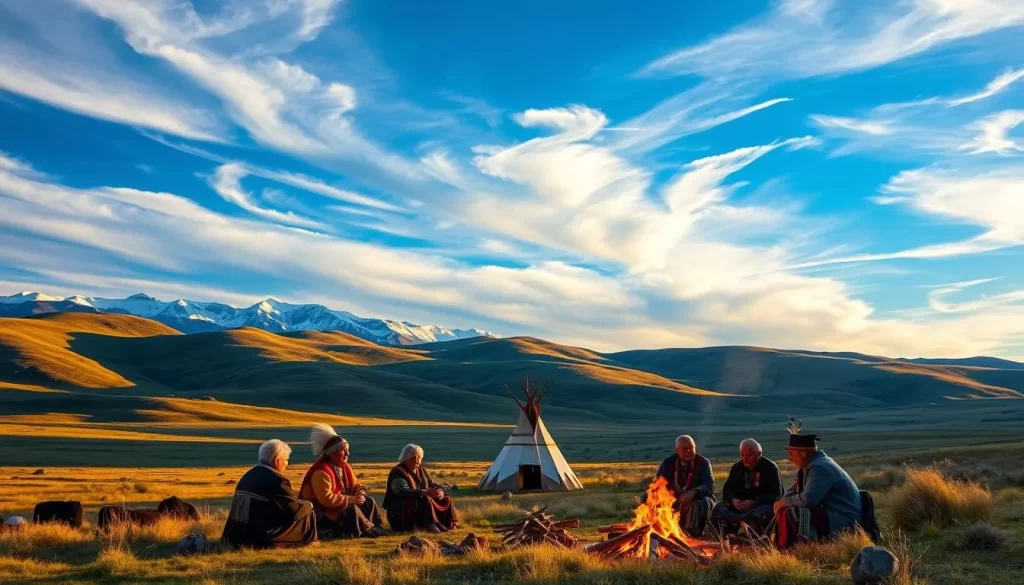
Indigenous Language Heritage
Montana is home to a diverse array of indigenous languages, with numerous tribes having their own distinct linguistic traditions. The state’s Native American community is known for its linguistic heritage, which is reflected in the various languages spoken across Montana. Other Native American Languages are spoken by approximately 6,676 residents, making up nearly 0.67 percent of the population.
The indigenous language heritage of Montana is a vital component of the state’s cultural identity. Efforts to preserve and promote these languages are underway, with various initiatives aimed at revitalizing Native American languages.
Current Status of Native American Languages
The current status of Native American languages in Montana is a complex issue, with both challenges and opportunities arising from language preservation efforts. According to the census bureau, reported speaking rates among younger tribal members serve as a critical metric for evaluating the success of language revitalization programs.
Language preservation efforts are increasingly integrated with formal education, creating new pathways for language learning. Educational attainment statistics show that tribal colleges play a crucial role in language preservation, with institutions like Salish Kootenai College and Chief Dull Knife College offering formal language instruction and certification.
Preservation Efforts
Montana’s innovative language immersion programs in schools on and near reservations are showing promising results in creating new generations of speakers. Additionally, digital initiatives are creating apps, online dictionaries, and learning resources for Montana’s indigenous languages. You can observe how Montana’s preservation approaches compare with neighboring states like North Dakota and South Dakota, which face similar challenges with indigenous language loss.
- Tribal colleges are playing a crucial role in language preservation.
- Digital initiatives are creating new resources for language learning.
- Language immersion programs are showing promising results.
Immigration History and Language Influence
As you explore Montana’s diverse linguistic landscape, you’ll discover how immigration has shaped the state’s language dynamics. The population of Montana has been influenced by various immigrant groups, contributing to the state’s language diversity.
European Immigration Patterns
European immigrants have played a significant role in shaping Montana’s language landscape. Many people from European countries brought their languages to the state, although English has remained predominant. Data shows that the majority of these immigrants were from Western and Eastern Europe.
Asian Immigration to Montana
Asian immigration to Montana has also contributed to the state’s linguistic diversity. You can observe that the language spoken at home by many Asian immigrants is not English. The data indicates a growing number of Asian languages being spoken in the state, reflecting the age and background of the immigrants.
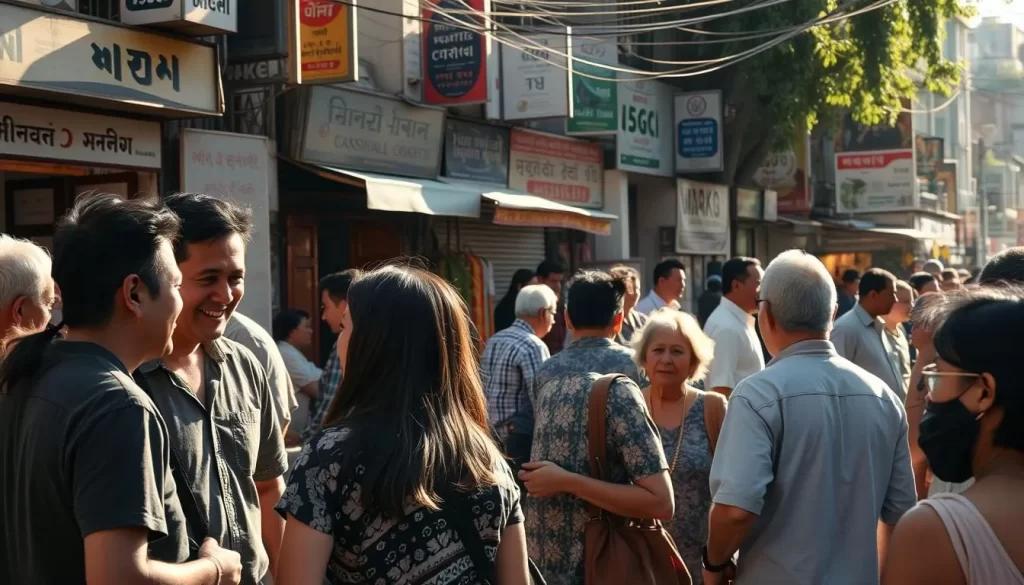
Recent Immigration Trends
Recent immigration trends in Montana have seen a rise in Hispanic/Latino communities, with Spanish becoming the most common non-English language spoken. The United States immigration policies have influenced this trend. You can track how the language spoken at home statistics have changed, with non-English speakers increasing from about 3% to 4% of the population over the past two decades.
As a result, the state has seen an increase in linguistic diversity, with many people reporting speaking English as a second language. The household language data reflects this change, showing a more diverse linguistic landscape.
English Proficiency Among Montana Residents
English proficiency varies significantly among Montana’s population, reflecting the state’s cultural diversity. As you examine the linguistic landscape, it becomes clear that understanding English proficiency is essential for addressing the needs of the state’s residents.
Statistics on English Proficiency
According to the census bureau, data on English proficiency provides insights into the linguistic abilities of Montana’s residents. A significant portion of the population reports speaking English very well, while others may face challenges. The statistics reveal that U.S. citizens generally have higher English proficiency rates compared to non-citizens.
Some key statistics include:
- A notable percentage of the total population reports speaking English “very well.”
- Language proficiency is closely linked to educational attainment and household income.
- Communities with higher percentages of limited English proficient residents often receive targeted language assistance.
Language Barriers and Resources
Despite the challenges posed by language barriers, Montana has implemented various resources to support residents. English as a Second Language (ESL) programs are available in public schools and adult education centers to help improve English proficiency. Additionally, government services, including court interpreters and translated materials, are provided to overcome language barriers.
Some of the resources available include:
- ESL programs in educational institutions.
- Language assistance in healthcare and legal settings.
- Multilingual staff in key government positions.
As citizens and non-citizens alike have legal rights to language assistance, efforts to improve English proficiency and provide language access continue to evolve, reflecting change in the state’s demographic landscape.
The above is subject to change.
Check back often to TRAVEL.COM for the latest travel tips and deals.
